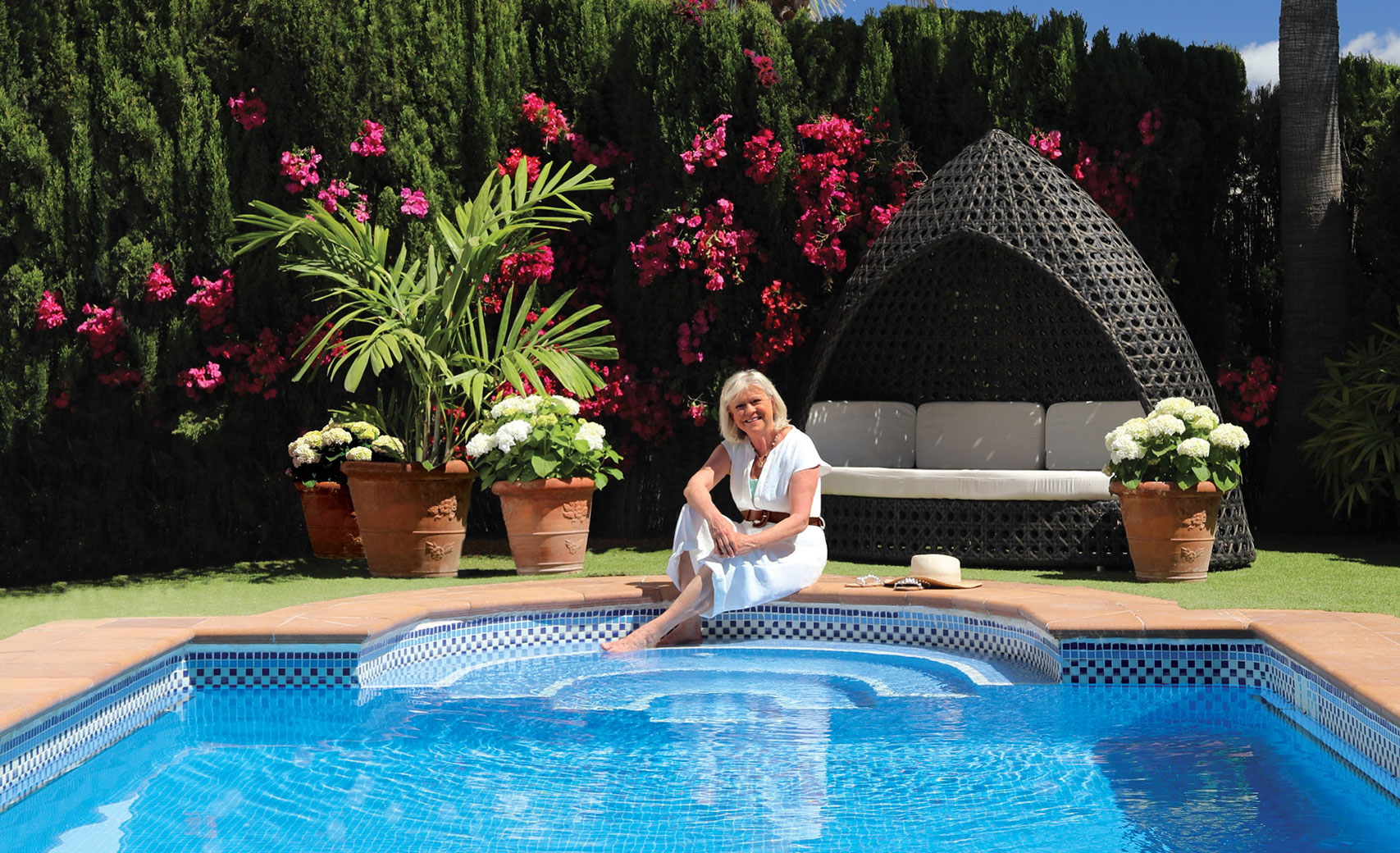
Portugal is the world’s largest cork producer, with the rich-coloured cork oak trees covering much of the inland hill country. Cork bark began to be harvested commercially in Portugal around 300 years ago and the trees are responsible for supplying the corks for some of the best wines, as well as being used for flooring, fashion, and even in NASA spaceships – where it was previously used for insulation!
Learn more about the Portugal cork production
The cork oak forests around the Algarve provide very high quality cork and also create wonderfully scenic walking routes to explore; the cork trees are big and rugged with evergreen foliage, acorns and thick cork coats. The cork oak provides the area with a vital source of income and so are highly respected, with the cork industry ensuring protection and conservation of the woodlands they harvest from. The bark of the oak is carefully cropped by hand, using a special axe, every eight to 11 years. This exposes the reddish-brown bark beneath which will dull down to grey with ageing and the eventual re-growth of the cork. Whilst you're walking you may notice the white numbers painted onto the trunks – these refer to the last year that the trees were “de-corked”.
Cork trees Portugal FAQs
Where does cork come from in Portugal?
The best place to see cork trees in Portugal is in the south, particularly the Alentejo region.
How is cork harvested in Portugal?
Harvesting cork oak is a very skilled job, usually passed down within families. The only took required is an axe with a curved blade, which is used to make cuts along a line and then prise the bark off without damage.
Are cork trees native to Portugal?
Yes, the cork tree is native to the Alentejo, and is one of the most common species in the country.
Does cork only grow in Portugal?
The only places that cork grows naturally is the Mediterranean – the Iberian Peninsula (Portugal and Spain) to be precise – and Northwest Africa.
Why do they strip the bark off trees in Portugal?
The bark of the cork trees is the part which is harvested to make bottle corks. Cork trees are unique in that stripping them of this bark doesn’t kill the tree. The trees are harvested every 9 years, as it takes this long for the bark to reach the thickness needed to make corks.
Why are cork trees protected in Portugal?
Cork trees provide a vital source of revenue in Portugal, meaning it’s vital they are looked after. The cork industry ensures that Portugal’s woodlands are conserved so that the trees, and therefore their livelihoods, are protected.
How much of the worlds cork comes from Portugal?
Portugal currently provides around 65% of the world’s cork.

